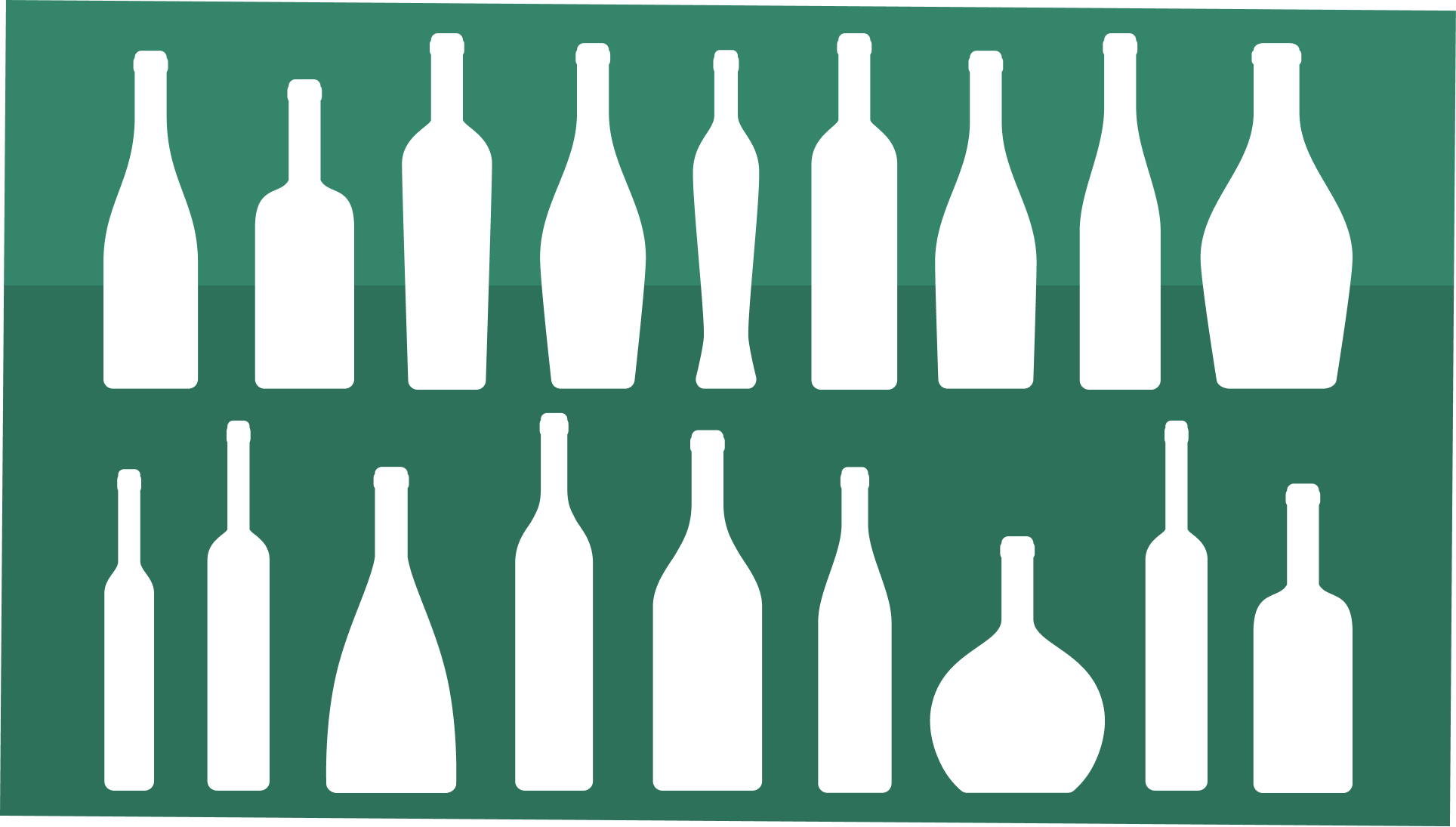Writing a Wine Back Label? Here’s What To Do
When it comes to wine, not all back labels are equal. Some share facts, others tell a story.
Whether you’re a marketer looking to spruce up your back label copy or a winery wanting to level up your bottle game, here’s how to evoke the power of taste through words. More importantly, here’s how to ensure that both your story and wine stand out on the shelf — and get purchased.
What’s Your Why?
As obvious as it may be, Simon Sinek’s motif is a powerful one. In his book "Start with Why," Sinek writes that successful individuals and organizations are those able to communicate the "Why" of their existence or mission — essentially, their purpose, cause, or belief that inspires them to do what they do — before explaining the "How" and the "What”. He argues that organizations that articulate and lead with their "Why" can inspire a deeper level of trust and more profound connections with their audiences or customers, fostering loyalty and enabling more sustainable success.
Given that there are practically a million different wine brands out there, start by sharing why your wine is different. Nay — special*. Delve deeper; humanize your story. Is the wine named after someone or something special? If so, tell that story. Did this wine serendipitously come to life when a press malfunctioned during harvest? Tell that story. Is this wine just another SKU to add to your growing range? That’s fine, but don’t tell that story. There’s always a unique angle and a good storyteller will unearth it.
*No, it’s not the terroir, as that is every winery’s ‘why.’
Make Every Word Count
Back labels are small. Unlike a long-form piece where there’s much more room to postulate, you’re now capped at somewhere between 50 and 120 words. So make every word count. In the words of Albert Einstein:
“If you can't explain it simply, you don't understand it well enough.”
While no one is asking you to be Einstein, the message holds: don’t get lost in the details, pick words that make sense to as large an audience as possible, and keep it simple. Does malolactic fermentation have to be on there? We didn’t think so. Your word choice can evoke different senses and create a sensory experience, but it can also tell a story. To some, your vineyard is a vineyard. But to you, your vines grow along the hilly slopes of Atlas Peak, where the cool winds off the San Pablo Bay sweep through.
Also, while industry-specific descriptive words like salinity can be effective for those in the know, can you be more descriptive for those less so and replace it with words like salty, brine water, or sea-like flavor? Can you go more granular when you write “cherry”, like “Rainier cherry”? Remember, the magic of your story is in the details. Once your copy is ready, sleep on it, and then refine, refine, refine. Cut back what you can and keep only what adds to your story.
Legal & Regulatory Compliance
Wine writing isn’t all about romance. Sometimes, it necessitates balancing creativity with compliance. There are mandatory standards that must be featured on each bottle. Typically, the front label displays primary information like the brand name, class/type, and alcohol content while the back label provides additional details, mandatory warning statements, and the actual back label descriptive text. When writing, it’s crucial to be mindful of the rules.
For instance, a wine can’t be labeled as Cabernet Sauvignon unless at least 75% of it is derived from the named grape variety. If a vintage date is mentioned, 95% of the wine must be derived from grapes harvested in that year. And perhaps most importantly, if a single vineyard or an appellation of origin is stated, it must meet specific requirements related to the geographical origin of the grapes used. These regulations exist to protect wineries from making false statements that could mislead customers and potentially damage the reputation of a region. Be aware of the rules when writing, or check with the Alcohol and Tobacco Tax and Trade Bureau (TTB) for guidelines as they are responsible for the review and approval of every label copy.
If All Else Fails: Use the Five W's of Journalism
Make a list of all the points you’d like to feature on your back label. If you’re unsure where to start, use the five W's of journalism — Who, What, When, Where, and Why (Note: Lead with the why in a back label context). This will help you know what your back label has to feature. For example:
Why: Named after the founder’s beloved granddaughter
Who: A Made Up Winery made by our wonderful winemaker
What: Pinot Noir
When: 10 months in French oak barrels, 30% new oak
Where: Russian River Valley
Now that you have a kickoff point, you can begin crafting your story. Aim to address each of the points you've listed and cross them off as you incorporate them into your back label. This method is somewhat rudimentary — some clients or wineries may prefer not to feature any technical or tasting notes, while others may focus solely on them. However, this approach ensures that you're covering all your bases.
So here’s to you, fellow writers. You know your story.
Now go forth and conquer with it.



